In January 2022, we did a market survey to find Italian Marble, Onyx and other natural stones in Delhi NCR. Some of the markets visited were the Sector 34 Marble Market near Hero Honda Chowk in Gurugram, the marble market in Rajouri Garden and the market after Chatterpur temple area. Our key concern was that with the increased cost of shipping containers, the cost of imported natural stone would have gone up too. We often have to quote for imported stones listed in tenders and BoQ’s, so it was important for us to keep a tab on the prices and availability in the markets.
Uses of Italian Marble and Natural Stones
Natural stone is a thing of beauty, it is mined from the earth and each stone has a unique pattern. Imported natural stones like Italian marble are often used in office reception and lobby floors. Other stones like Onyx are used to create tables and counters. Natural stones are also used in washrooms, collaboration areas sometimes in specific meeting rooms too. This is, of course, for commercial projects whereas natural stones are an item of choice in residential drawing rooms, washrooms etc.
Wide Range and Choice to suit budgets
As of January 2022, we did not see any reduction in the availability of Italian marble and other stones. A very wide range is available, probably over a 100 variety of imported stones can be found in stock in these markets. The price also varies, from Rs. 200 per square foot to 8000 per square foot. Between suppliers, we noticed a variance in prices of similar products too, so negotiations need to be done in these markets.
Lot and size restrictions in Italian marble
Most stores had one or two lots of a particular type of stone. For example, when we liked a particular Botticino marble, the supplier only had about 2000 sq feet of that lot. The pattern and shade in the next lot was very different and would not match the other lot. Therefore, it is important to discuss the quantity required and find lots that exceed the quantity. The size of imported stones available varies from 6 feet to 10 feet in length and 2.5 feet to 6 feet in breadth. Most marble slabs were about 8 feet long and 3 feet in breadth, with thickness varying from 16 to 19mm. The look and feel of the installed floor would change based on these sizes, so while selecting the right stone, we need to know the size of the floor and number of joints required to cover the floor.
Polished Italian Marble Stone
While the markets have a very wide variety of stones, including stones from Oman, Turkey and other places, Italian Marble is the most sought after. The lighter shades are very suitable for lobbies and receptions. Some beige Italian Marble varieties are available in a price range of Rs. 300 to 500 per square feet and are quite good for commercial purposes. On the other hand, whiter varieties like Statuario can go up to Rs 5000 per sq feet.
Here’s a list of over 50 stones we saw, along with their images. None of the stores have a fixed price-list on offer, the list is only a reference to identify the kind of stone required. Whether the stone would be available or not, in what quantity and what price, will keep changing. That is often what is exciting about buying natural stone, you have to find the perfect lot and that lot will be the only one of its kind that nature has made for you.






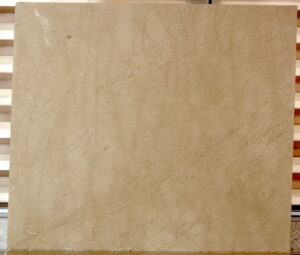





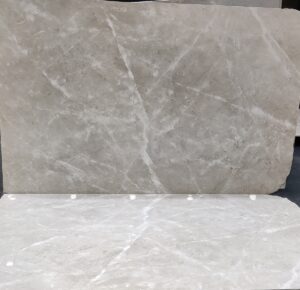







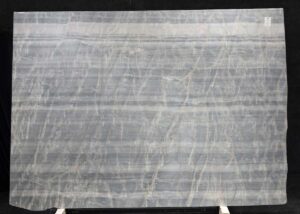






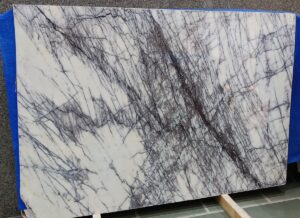





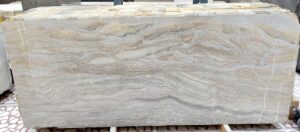



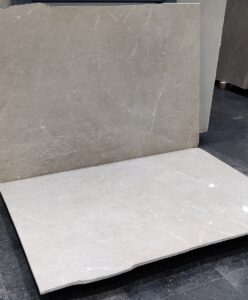





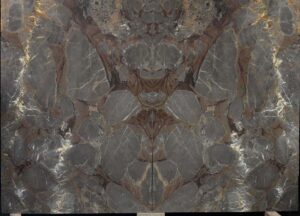












 When planning office interiors, there are many considerations a design and build firm needs to look into. From the discovery and analysis of user requirements to project costs and visual appearance, there are many areas to focus on. In this detailed and complex process, many firms often reduce or miss the focus on the very basics areas that are essential to a well-planned office. In this article, we look at 3 of those basic areas, which we feel should always be focus areas:
When planning office interiors, there are many considerations a design and build firm needs to look into. From the discovery and analysis of user requirements to project costs and visual appearance, there are many areas to focus on. In this detailed and complex process, many firms often reduce or miss the focus on the very basics areas that are essential to a well-planned office. In this article, we look at 3 of those basic areas, which we feel should always be focus areas: